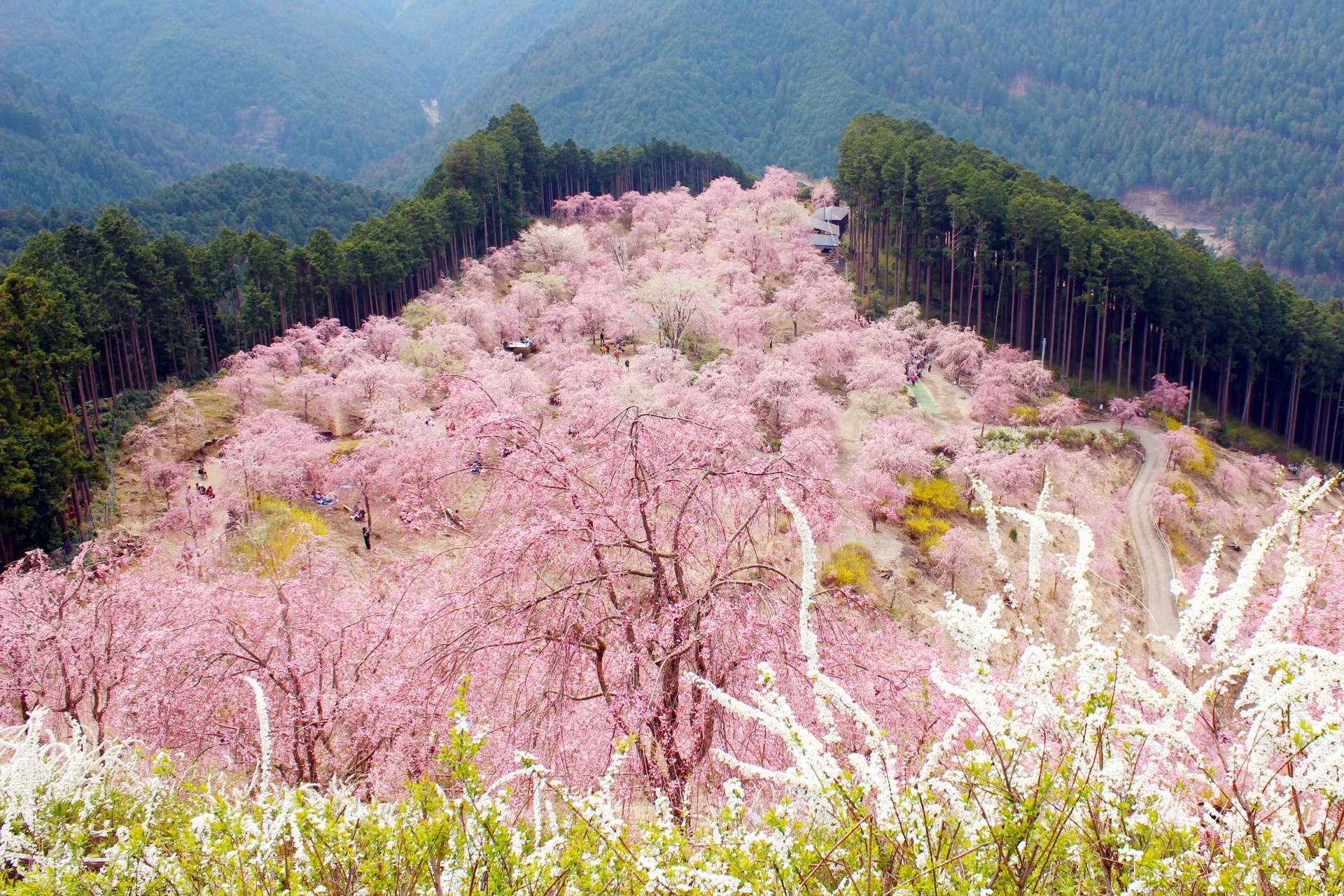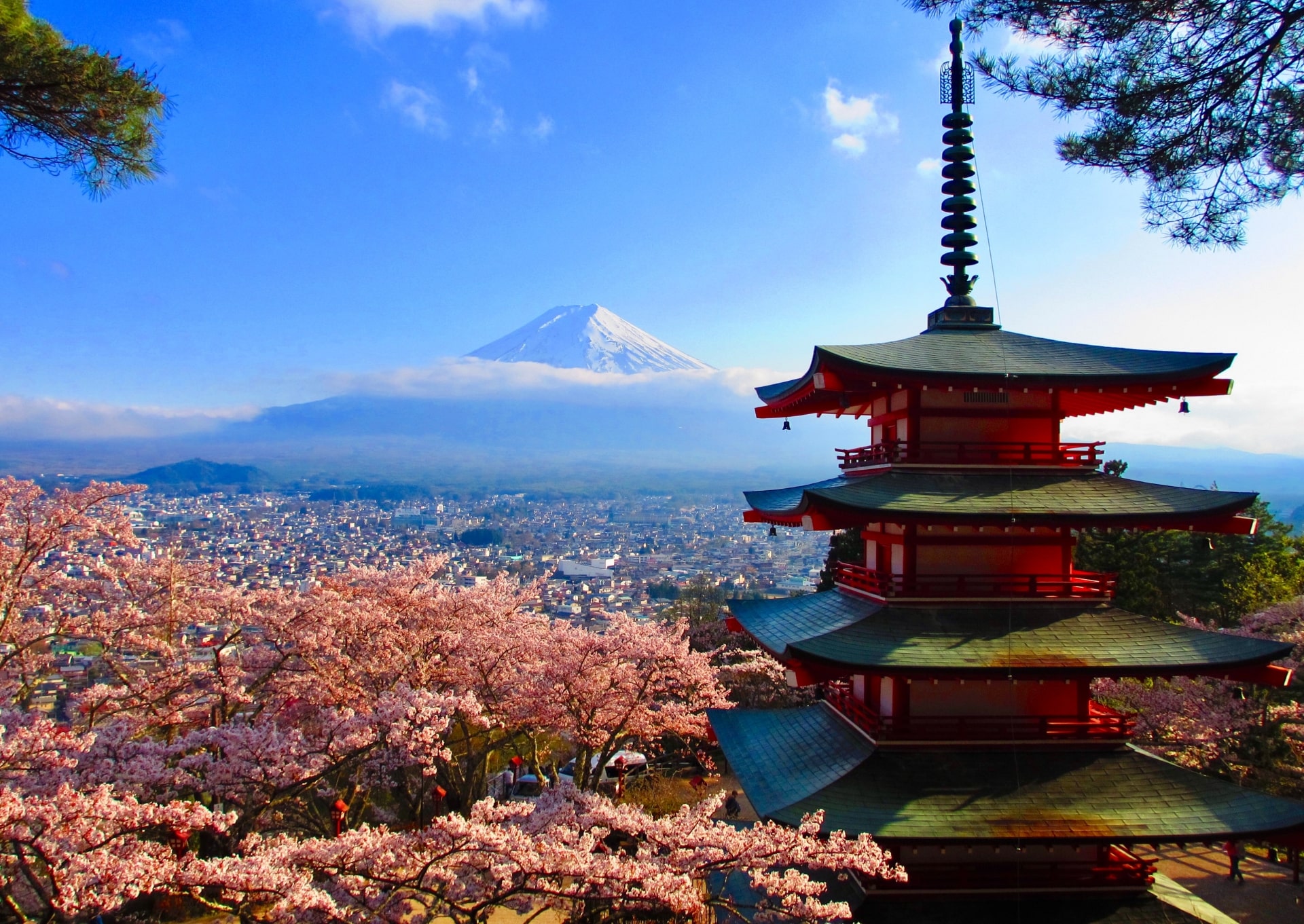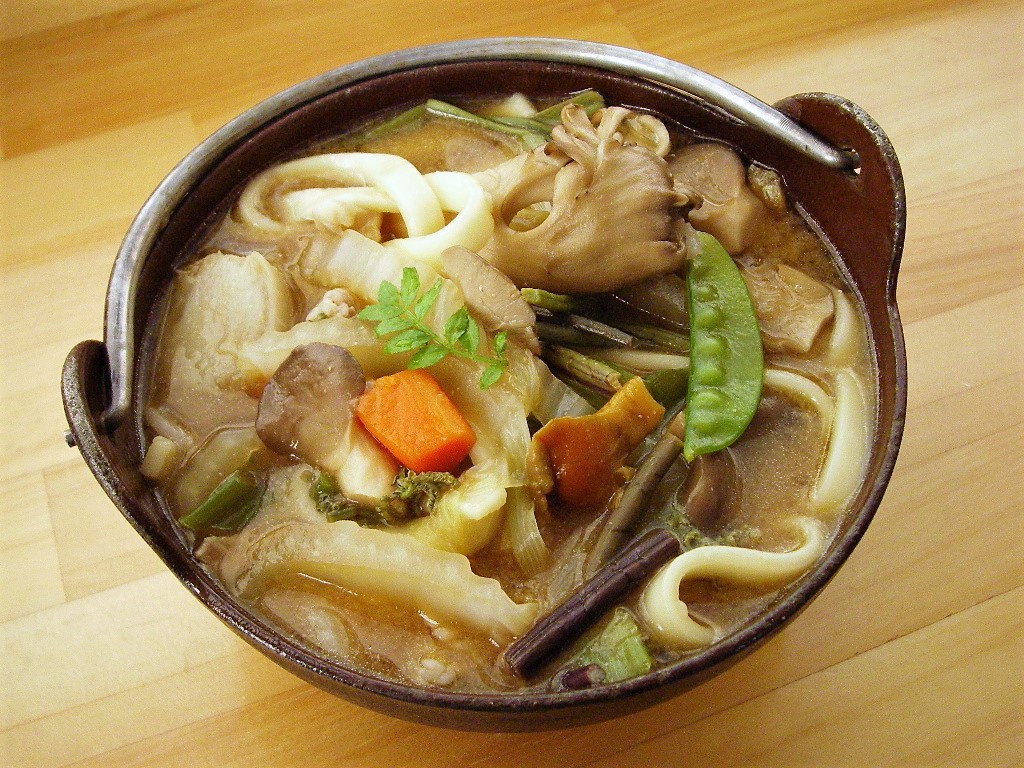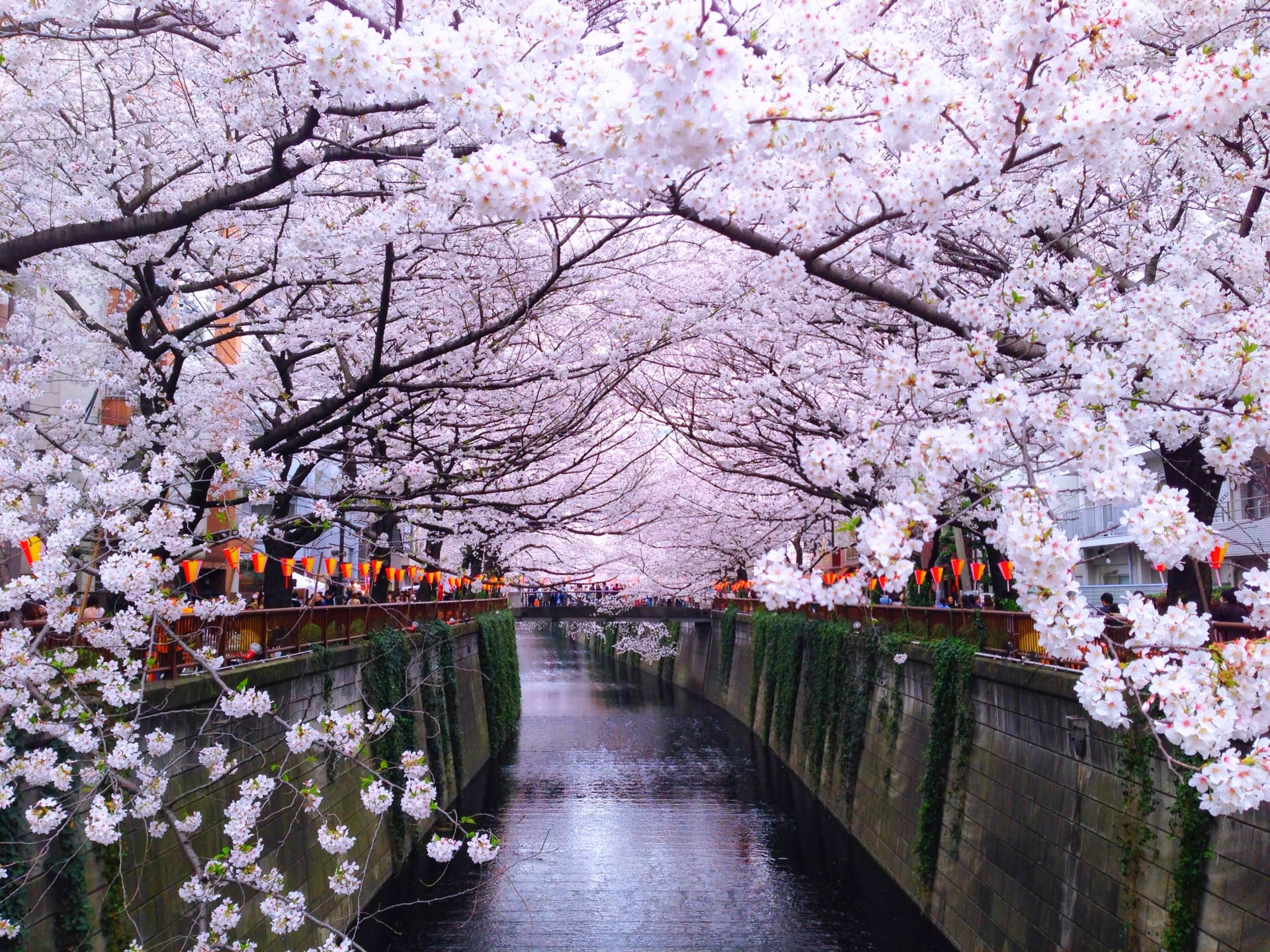March: Cherry Blossom (Kansai, Kanto regions)
March 01, 2023
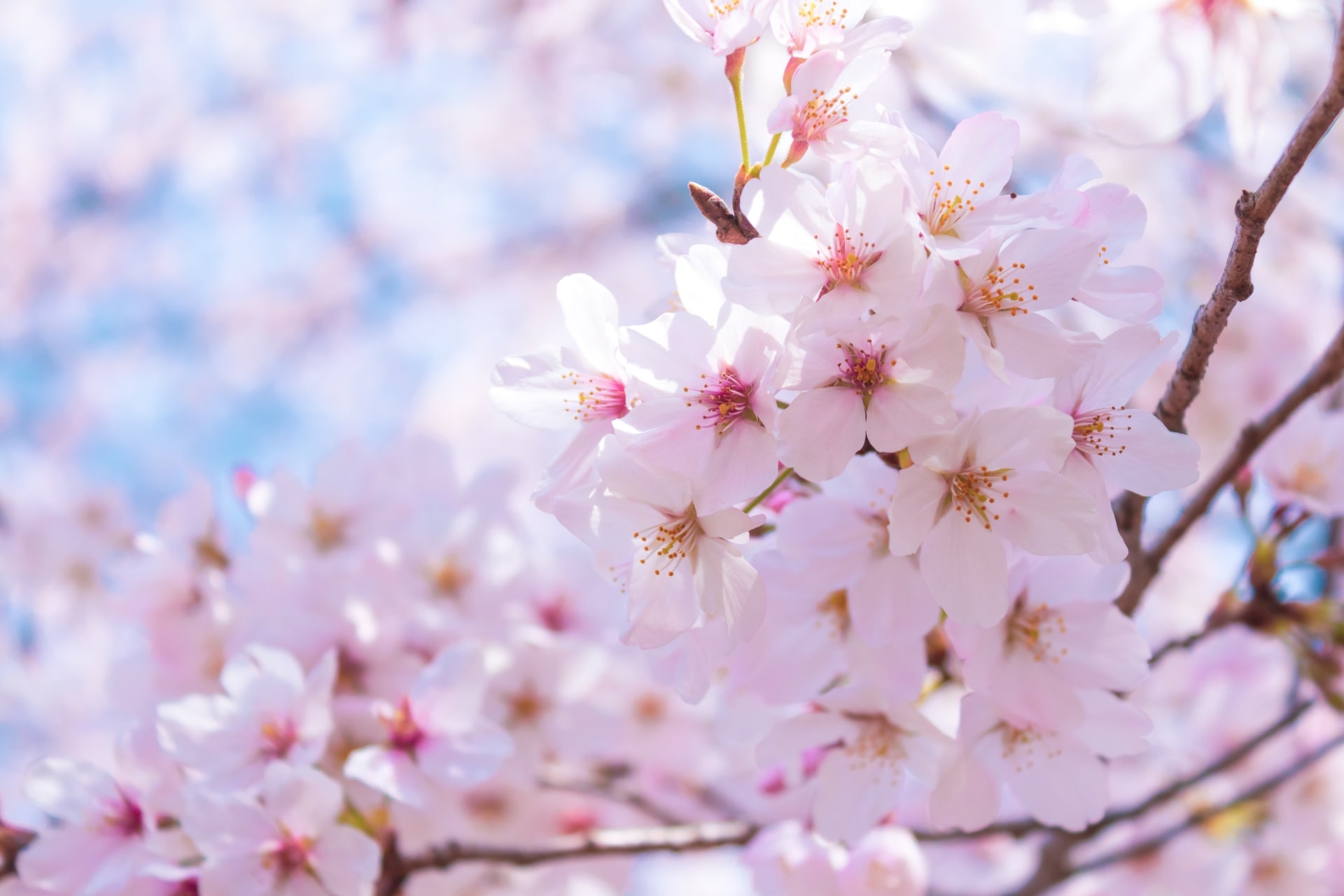
Omiya Park, Saitama(Google Maps)
No image of Japan is complete without a sprinkling of pink cherry blossom dusting photos of Mt. Fuji and adorning cityscapes. The blossoms are surprisingly not the official flower of Japan but are a much-loved sign of spring and symbol of hope, renewal and beauty. Whether freshly-blooming or scattered across the ground, the petals are connected to the deep appreciation of the transience of time and the value of imperfection, known in Japan as wabi-sabi. Flower-viewing, called hanami, is a festive celebration among friends, family and colleagues, but also offers the chance to enjoy an added beauty to already scenic views of Japan.
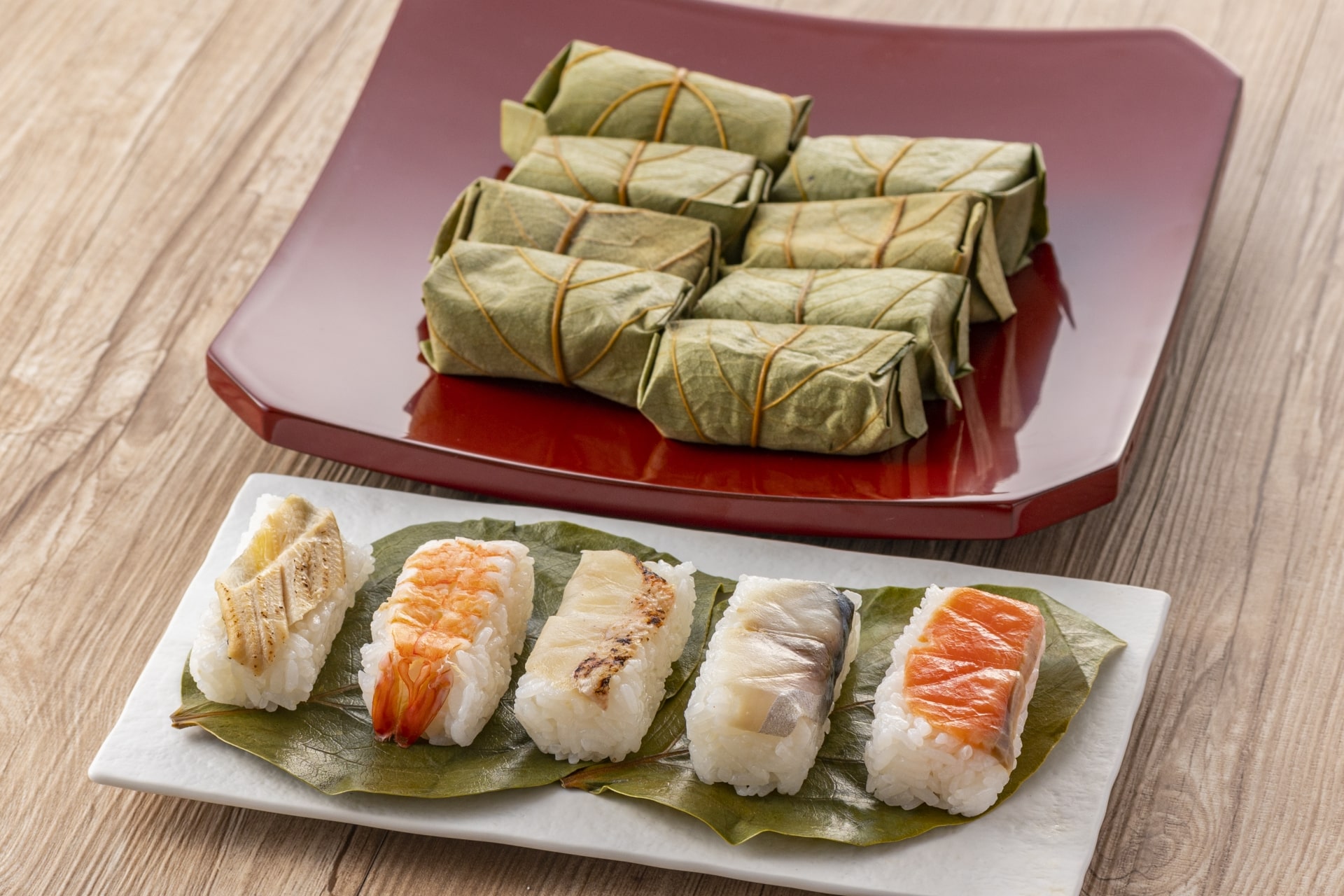
Kakinoha-zushi
Mt. Yoshino in Nara Prefecture is a landmark religious and literary site, but is also known for its incredible swathes of cherry blossom. With over 30,000 trees, the mountain slope is home to four layers of trees that have been visited for centuries. Filling the pretty town of Yoshino and surrounding temples, the flowers offer a chance to appreciate borrowed scenery—a tradition of using landscapes to complete a garden design. Stroll through forests and quiet streets and admire views from the ropeway, all while enveloped in a spiritual center of Shugendo worship. Be sure to try the local Nara delicacy kakinoha-zushi: pickled fish atop rice, wrapped in a persimmon leaf as you make your way along the trails. Yoshino town is 75–90 minutes from Osaka Abenobashi Station with express and limited-stop services available.
A scene so perfect you would be forgiven for believing it didn’t truly exist, the addition of spring cherry blossom to the view of the Chureito Pagoda as it sits before Mt. Fuji is breathtaking. A five-story pagoda that’s officially part of the Arakura Fuji Sengen-jinja Shrine, Chureito is a peace memorial surrounded by the Arakurayama Sengen Park, known for beautiful cherry trees. The blossoms are timed perfectly with the snow-capped peak, creating a scene filled with the wonders of nature and the significance of the changing of the seasons. Reflecting the enduring presence of nature combined with its seasonal transience, the scene is a reminder of the importance of appreciating the small moments in life as well as the reassurance of knowing its stability through difficult times. After taking in the scenes of the mountain, Fuji Five Lakes and the blossoms, enjoy a warming pot of hoto, the local Yamanashi specialty of flat noodles and seasonal vegetables in a delicious miso-based soup. The Pagoda is a 20-minute walk from Shimoyoshida Station, just an hour and forty-five minutes from Tokyo’s Shinjuku Station.
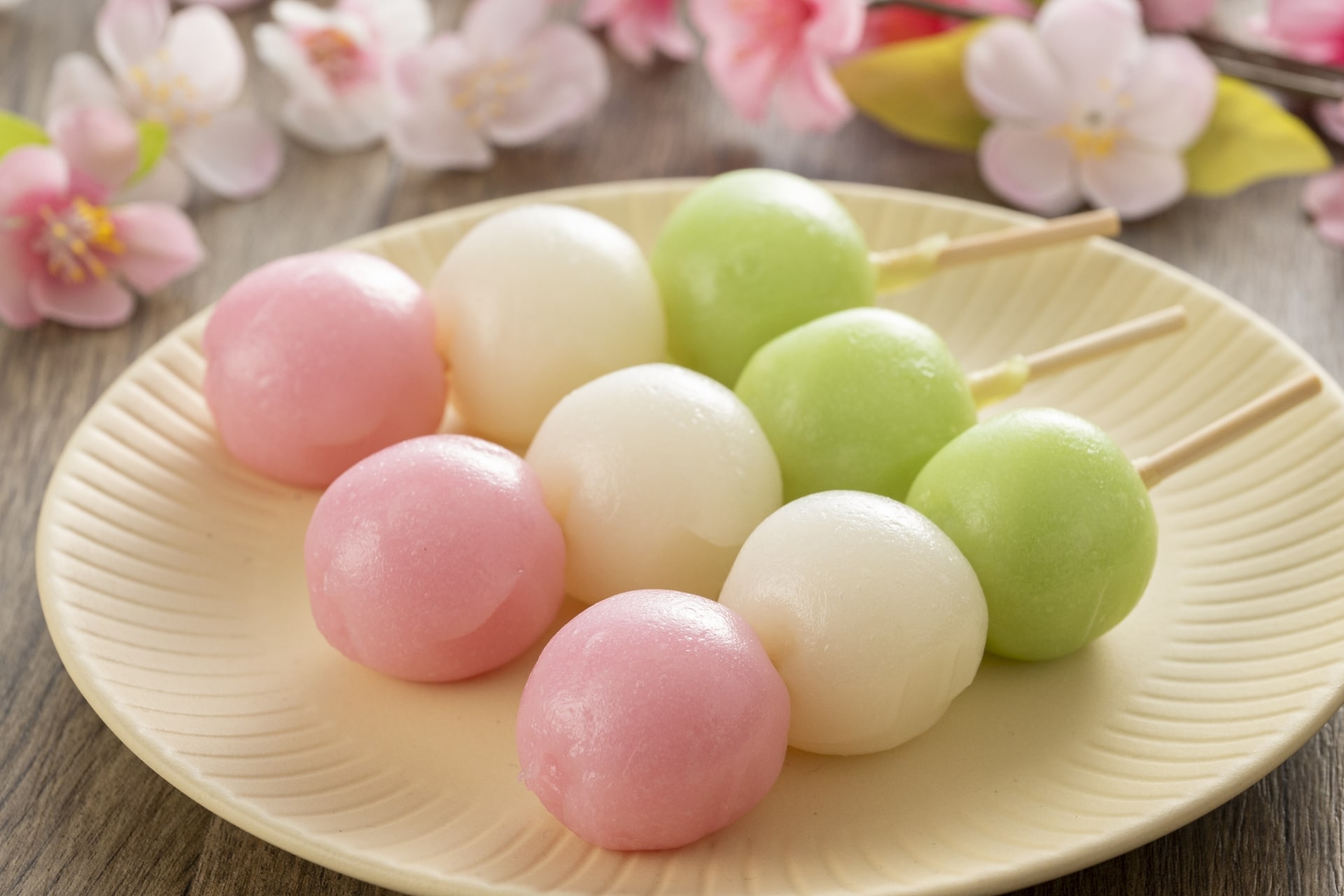
Sanshoku dango
Bringing bursts of color to the city streets, the rich blossoms of the Meguro River are a stunning mix of nature and metropolis. Every year, the riverside fills with couples and families, friends and colleagues as they stroll amid the illuminated trees known as yozakura, and enjoy the festive atmosphere. Nakameguro is a trendy spot to start with, but when the 4km stretch of blossoms is lined with lanterns and street-food stalls, the area has a community feel akin to a summer festival. Indulge in pink sparkling wine complete with strawberries and enjoy some hanami dango, a seasonal sweet also known as sanshoku dango, meaning ‘three color rice cake.’ The soft, chewy rice cakes are pink, green and white, making them the perfect traditional snack to enjoy while admiring the blossoms. Another popular seasonal sweet on offer is sakura mochi—a sweet pink rice cake stuffed with red bean paste and wrapped in a pickled cherry blossom leaf. Take in the spring feel without leaving the capital and enjoy the unique Tokyo setting, showing that no matter how busy life gets, the joy of nature is never too far away. Nakameguro Station is five minutes from Shibuya Station and the blossoms are right beside it.
Together, these three sites offer an insight into key aspects of Japanese life: the spiritual, natural and social. Cherry blossom adds not only a cause for festivity and added beauty, but a reminder of the temporary nature of life, and the acceptance and appreciation that comes with it. Alongside this, it is a reminder that life continues—the flowers will return each year, enduring like the spirituality, landscapes and traditions of Japan.
For more details, contact DMC Japan to discuss ideas, locations and rates.
Contact Us


